-
Boeing is about to fly NASA astronauts to the International Space Station for the first time.
-
Boeing’s latest plane failures don’t necessarily mean astronauts are in any additional danger.
-
Still, the FAA, NASA and other aerospace experts have questioned Boeing’s overall safety culture.
Defense and aerospace giant Boeing is about to fly astronauts into space for the first time.
NASA’s Butch Wilmore and Suni Williams will climb aboard Boeing’s CST-100 Starliner spaceship Monday evening, fly through the sky and cruise around Earth until the spaceship docks with the International Space Station early Wednesday.
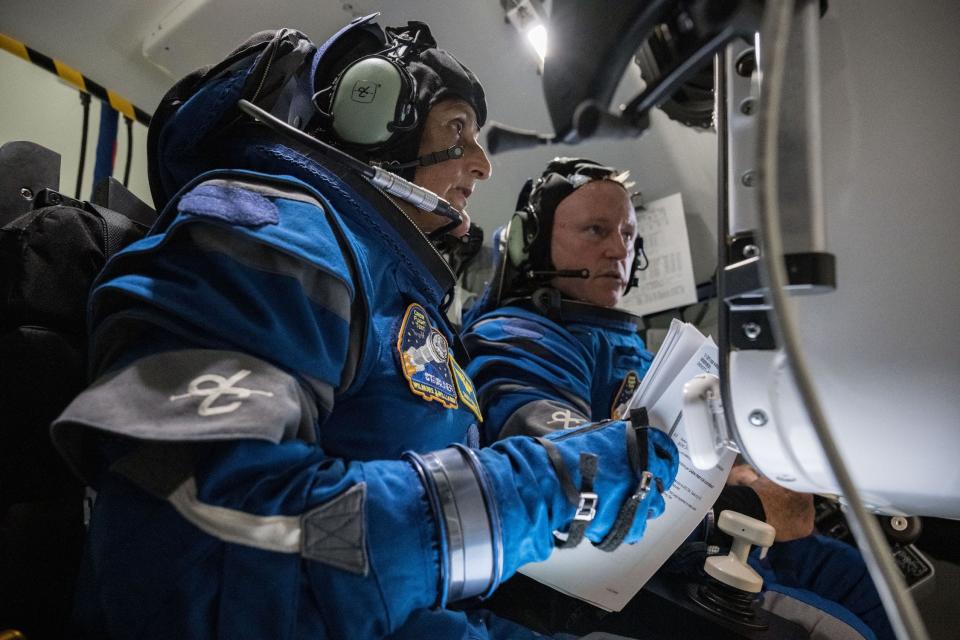
They are expected to spend about a week on the space station and then brave a fiery fall back to Earth, with the spacecraft deploying parachutes to land in the southwestern US.
This Crew Flight Test mission has been in the works for more than a decade. Starliner finally catches up with SpaceX’s Crew Dragon, which has been working overtime to ferry astronauts to and from the ISS for NASA, while Boeing lags behind.
Boeing may still be fresh on your mind for another reason. The latest series of problems with passenger planes began in January, when a panel flagged down a Boeing 737 Max 9 plane shortly after it took off from Portland. Several people were injured, but fortunately no one was in the seats next to the gaping hole leading into the plane.
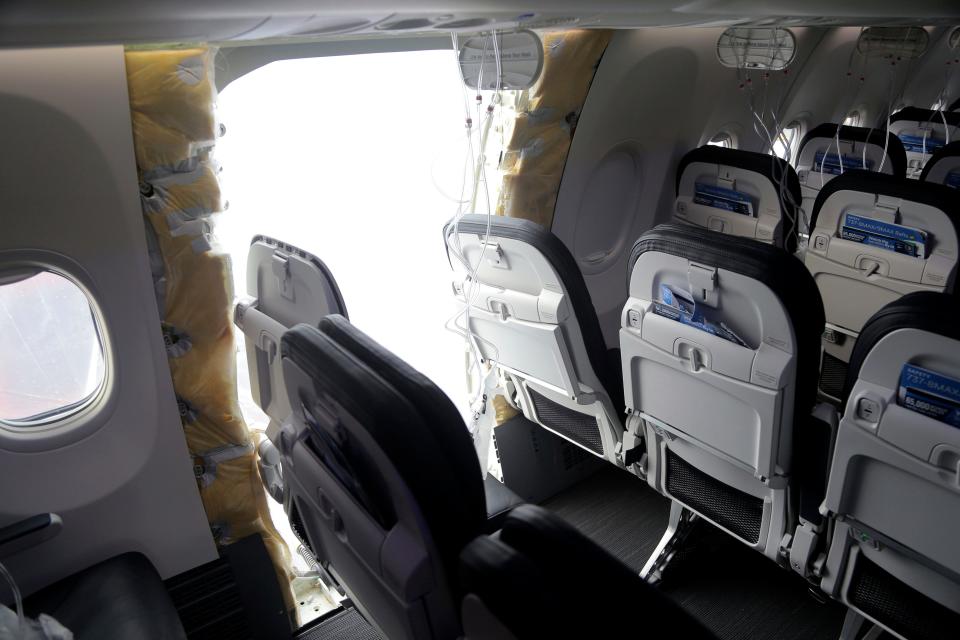

Subsequently, Alaska Airlines and United Airlines both reported loose parts of their grounded Boeing aircraft. The Federal Aviation Administration launched a six-week audit of Boeing and its supplier, Spirit AeroSystems, while the Justice Department launched a criminal investigation.
Does this affect the safety of the astronauts on board the Starliner?
“This is a clean spacecraft and it’s ready to launch. And I can tell you from NASA’s perspective, we won’t launch until it’s ready,” NASA chief Bill Nelson told reporters on Friday.
NASA clearly trusts the spacecraft now, but there have been problems.
In its first attempt to fly unmanned to the ISS in 2019, a software glitch caused the spacecraft to burn through its fuel shortly after launch, forcing an early return to Earth. Dozens of other problems came to light during that flight. Then a problem with valves in the propulsion system delayed the second attempt, which eventually reached the ISS.
In the eyes of some aerospace experts, the aircraft problems are not entirely irrelevant.
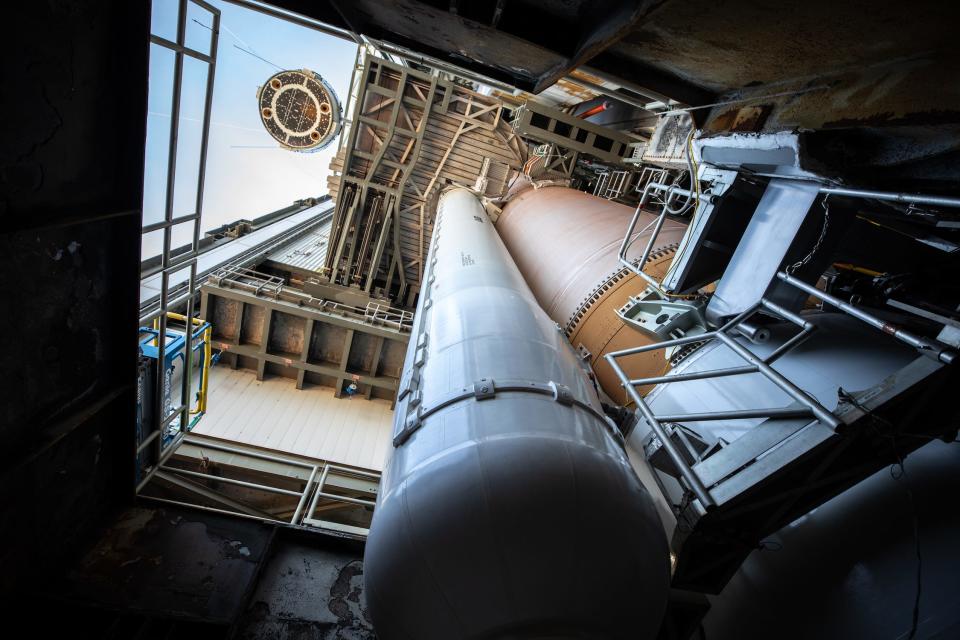

“I really don’t think there is one direct connection,” George Nield, former deputy director of the FAA’s Office of Commercial Space Transportation, told Business Insider.
“They’re different people, they’re different missions, probably even different cultures within those units,” he added. “But at the same time, senior leadership has a very important role to play in establishing the overall safety culture, setting overall priorities and setting the expectation to speak up.”
In response to a request for comment, a Boeing spokesperson referred BI to four of the company’s public Starliner press conferences with NASA. The spokesperson does not want to say which comments in the briefings are relevant.
Boeing’s safety culture is a concern for the FAA and NASA
The FAA investigation found dozens of production problems at both Boeing and its supplier, including inconsistencies in workers’ understanding of quality control and procedural problems on the factory floor, The New York Times reported.
A panel of experts also reported “a disconnect between Boeing senior management and other members of the organization on safety culture,” as well as doubts about whether the company’s safety reporting system “ensures open communication and non-retaliation.”
Bjorn Fehrm, an aerospace industry analyst at Leeham Company, says Boeing’s problem is that the company has historically focused on key performance indicators (KPIs).
“It changes the criteria for advancement within the company,” Fehrm told Business Insider. Instead of being a good engineer, he says, KPIs encourage being a good politician. They make shareholders happy, but do not always result in the best product.
The Alaska Airlines plane failure is “a symptom of the disease,” Fehrm said. “The disease is the 25-year culture of prioritizing numbers over the best knowledge of what to do.”
That culture was also behind two fatal crashes of 737 Max planes in 2018 and 2019, Fehrm says.
NASA also investigated Boeing’s corporate culture after 2019’s bug-plagued Starliner test flight. Doug Loverro, a NASA employee who oversaw the program at the time, said he thought of the two fatal 737 Max crashes when he launched research.
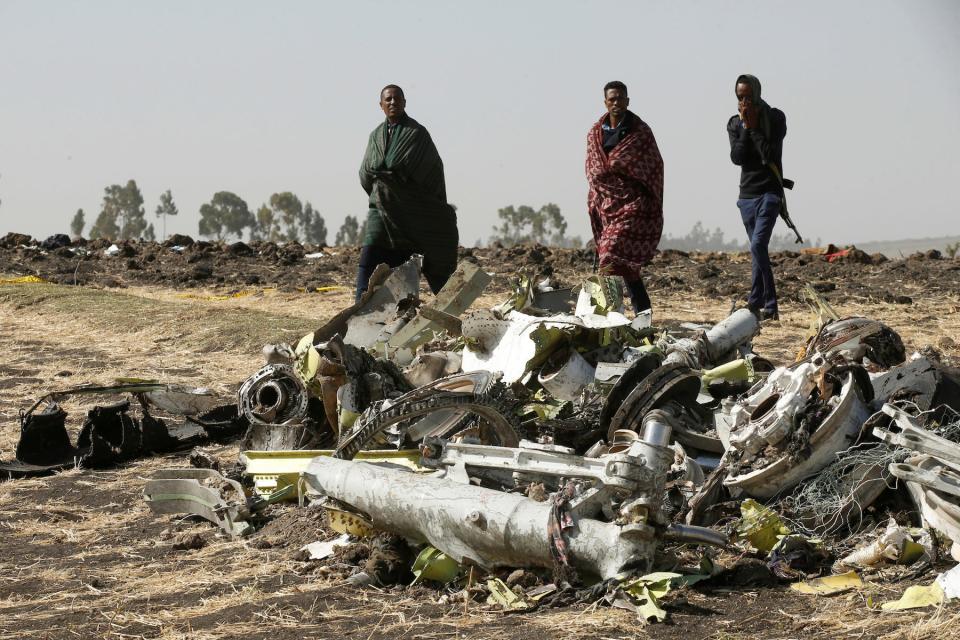

After these disasters, Boeing hired a new CEO and board members with a technical background and established an Aerospace Safety Committee.
Those were certainly improvements, Fehrm said, but it doesn’t change the middle management that has filtered up through embracing KPIs.
“The desire to bring production to the maximum level is still there, and the old habits of cutting back at some points to shape the numbers are still there,” Fehrm said.
“Boeing’s culture is an oil tanker. It’s a ship,” he added. “You can only turn so fast.”
Space travel is riskier than aviation
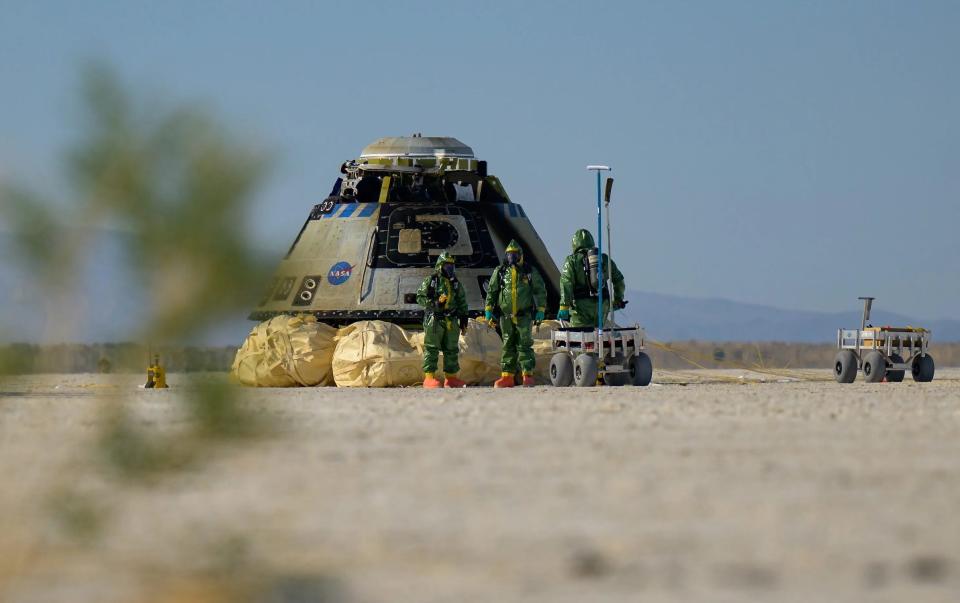

NASA and Boeing have calculated the probability that a catastrophic accident will cause astronauts to die during a Starliner flight. They euphemistically call this scenario ‘loss of crew’.
NASA’s minimum requirement for crew safety was a 1 in 270 chance of crew loss. Boeing exceeded that by 1 in 295, according to Steve Stich, who manages the NASA Commercial Crew Program that spawned Starliner. He added that these calculations are for a full 210-day mission, while Whilmore and Williams’ test flight lasts only a week.
Of course, such opportunities would never apply to commercial aircraft.
Space travel is so much more dangerous than aviation, partly because it is so much younger. For more than 100 years, people have been building and flying planes, making deadly mistakes and learning from them.
According to a 2020 analysis, the US has conducted approximately 400 human spaceflights, and four of them resulted in fatal failures. That’s a fatal failure rate of 1%, which is 10,000 times greater than the rate for commercial aircraft.
Spaceflight involves extreme environments and powerful rocket engines. There are simply more dangers the further you get from the ground.
“Even after many years and many hundreds and thousands of aircraft flights, we still need to have a healthy safety culture. And the same situation applies to space activities, even more so,” Nield said.
Starliner has extra safety features
Starliner’s flight on Monday is a test, and the spacecraft has already undergone a rigorous testing process on behalf of NASA.
Boeing fired the spacecraft’s thrusters at the ground, tested the parachutes, launched them and immediately aborted them to test the mechanism that would jettison the spacecraft from a failing rocket. Boeing also completed a series of reviews and corrections to resolve issues it discovered during its two unmanned flights.
The astronauts played a very practical role.
“We have our fingerprints on every single procedure that exists for this spacecraft,” Wilmore told reporters in a question-and-answer session on Wednesday.
Starliner also has additional safety measures built into the design, Whitmore and Williams said in the Q&A.
First, it has no “black zones”: parts of the flight path where a certain type of spacecraft failure would be insurmountable. This is partly due to the unique ability to switch between three different flight modes: fully automatic, manual control with computers, and a backup mode that is completely manual without computers, as a failsafe.
Starliner can also abort its flight anywhere from the launch pad “all the way through the orbit,” Williams said.
“We’re at the top of the tippity, so we’ll be fine,” she added.
Read the original article on Business Insider